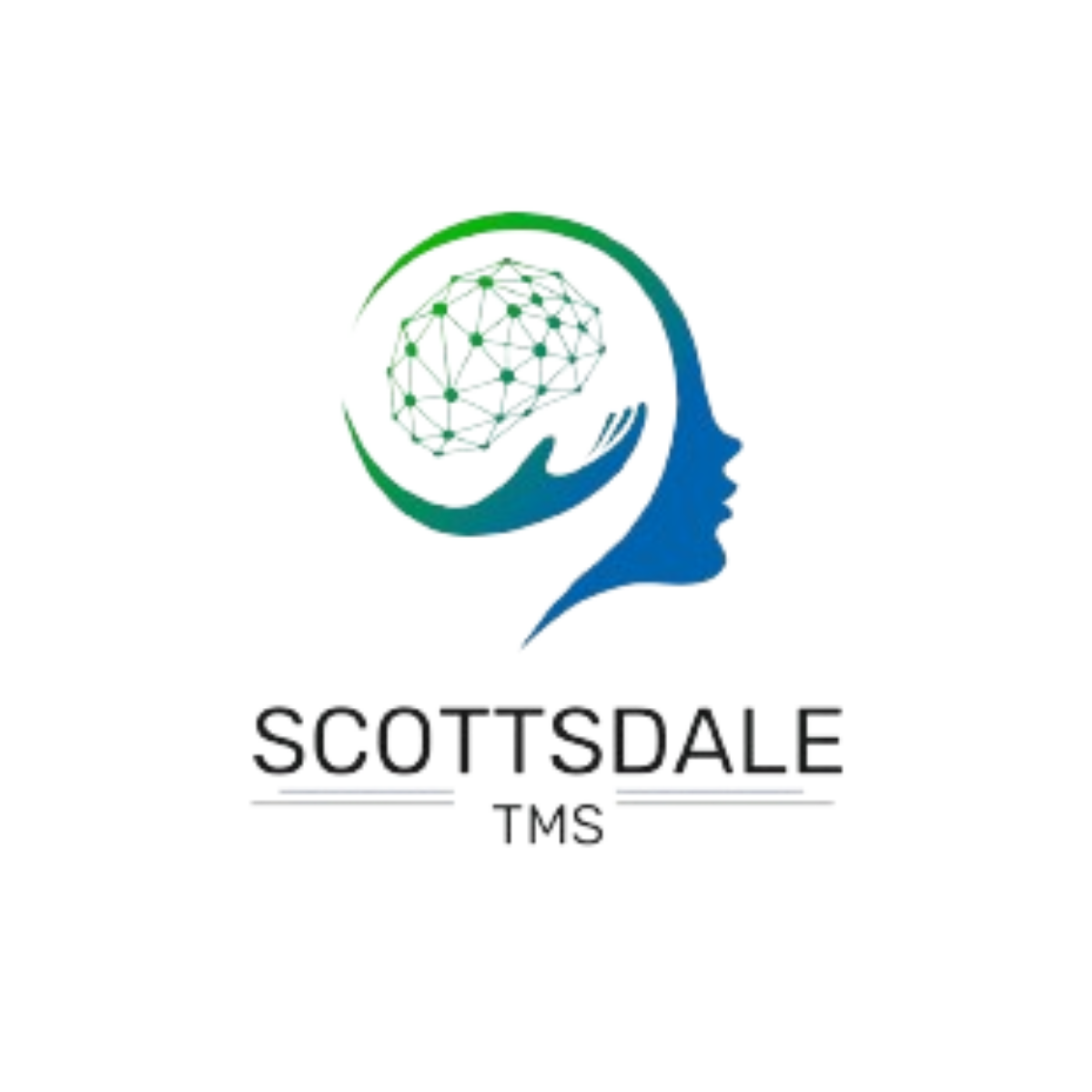Non-invasive brain stimulation techniques have gained attention in mental health and neurological research.
Two of the most studied methods are repetitive transcranial magnetic stimulation (rTMS) and transcranial direct current stimulation (tDCS). Both aim to influence brain activity but differ in mechanisms, applications, and effectiveness.
This article explores the differences between transcranial magnetic stimulation rTMS and tDCS treatment, how they work, their effectiveness, and their potential role in treating mental health conditions like treatment-resistant depression and major depressive disorder (MDD).
Questions Answered in This Article:
Our Alcohol Addiction Treatment Programs

Scottsdale Rehab
Luxury Personalized Rehab

Hart Rehab
Holistic Luxury Personalized Rehab

Scottsdale Detox
Luxury Medical Detox
Understanding rTMS and tDCS
Both transcranial magnetic stimulation TMS and transcranial direct current stimulation are used to modulate brain function.
These techniques have been extensively studied in clinical trials for conditions like MDD, cognitive enhancement, and neurorehabilitation. However, their working mechanisms and therapeutic effects differ significantly.
How rTMS Works
Repetitive transcranial magnetic stimulation (rTMS) uses magnetic pulses to create an electric current in the brain. This current modulates areas of the brain associated with cognitive and emotional processing.
rTMS involves placing a coil on the scalp, generating a magnetic field that penetrates 2–3 cm into the cortex. Depending on the frequency of stimulation:
- High-frequency (≥10 Hz) stimulation increases neuronal excitability.
- Low-frequency (≤1 Hz) stimulation decreases neuronal activity.
Applications of rTMS
rTMS is an FDA-approved treatment for treatment-resistant depression and major depressive disorder MDD. It is also being studied for conditions such as:
- Obsessive-compulsive disorder (OCD)
- Post-traumatic stress disorder (PTSD)
- Stroke rehabilitation
- Chronic pain
rTMS treatment typically requires daily sessions over several weeks. While it is effective, it requires specialized equipment and clinical supervision.
How tDCS Works
Transcranial direct current stimulation (tDCS) uses low-intensity electrical currents applied through electrodes on the scalp. Unlike rTMS, which directly induces neuronal firing, tDCS devices subtly alter neuronal excitability:
- Anodal stimulation increases cortical excitability.
- Cathodal stimulation decreases neuronal activity.
Applications of tDCS
tDCS treatment is being explored for conditions such as:
- Treatment of depression
- Schizophrenia
- Stroke recovery
- Cognitive enhancement
Although not FDA-approved like rTMS treatment, tDCS is widely studied in clinical trials for neurological and psychiatric disorders.
tDCS is portable, cost-effective, and can be used at home under supervision. However, its effects are generally milder compared to transcranial magnetic stimulation TMS.
Key Differences Between rTMS and tDCS
Repetitive Transcranial Magnetic Stimulation (rTMS) and transcranial direct current stimulation (tDCS) are both non-invasive neuromodulation techniques used to treat various neurological and psychiatric conditions.
However, they differ significantly in their mechanisms, applications, and practical considerations.
Mechanism of Action
rTMS uses magnetic pulses to induce electrical currents in specific areas of the brain. This method can lead to immediate changes in cortical excitability and is often associated with rapid therapeutic effects.
On the other hand, tDCS uses low-intensity electrical currents to modulate brain function without direct neuronal firing. It modulates the resting membrane potential of neurons, which can gradually alter neuronal excitability over time. The effects are typically less intense than rTMS and develop more slowly.
Depth and Precision
rTMS pulses penetrate deeper into the brain (2–3 cm) with localized effects. Meanwhile, tDCS affects broader cortical regions but remains superficial.
Clinical Applications
rTMS has a robust body of research supporting its effectiveness, particularly for conditions such as depression, with numerous clinical trials demonstrating positive outcomes.
In contrast, tDCS has fewer studies backing its efficacy, although it shows promise for certain applications like cognitive enhancement and chronic pain management.
Accessibility and Cost
rTMS therapy requires clinic visits and specialized equipment, while tDCS is more affordable and portable but less regulated.
tDCS devices are significantly less expensive compared to rTMS machines, making tDCS a more cost-effective option for both patients and healthcare providers.
Side Effects
Patients can experience certain side effects from both approaches. However, these are usually mild and short-lived.
Common side effects of rTMS include:
- Headaches
- Scalp pain and discomfort
- Muscle twitching
- Lightheadedness and dizziness
- Tinnitus or other hearing problems
In some rare cases, patients can also experience more serious side effects like seizures, or cognitive and adverse effects. Some people with bipolar disorder may also experience manic episodes or worsening of symptoms.
On the other hand, the side effects of tDCS are also mild, which includes:
- Itching
- Tingling sensations
- Headache
- Burning sensations
- Reddening of the skin in contact with the device.
rTMS vs. tDCS in Terms of Efficacy
Both repetitive transcranial magnetic stimulation (rTMS) and transcranial direct current stimulation (tDCS) have demonstrated effectiveness in treating various conditions, but their efficacy can vary depending on the specific application.
rTMS Efficacy
- Tinnitus: rTMS may be more effective for transient reduction of tinnitus symptoms.
- Neuropathic Pain: rTMS has shown significant analgesic effects in treating neuropathic pain following brachial plexus injury.
- Upper Limb Function: rTMS can improve upper limb function in motor recovery.
- Depression: rTMS can be used in combination with tDCS as a treatment for major depressive disorder (MDD).
tDCS Efficacy
- Tinnitus: tDCS is effective for reducing tinnitus symptoms, with sustained effects comparable to rTMS one month after treatment.
- Neuropathic Pain: Similar to rTMS, tDCS has demonstrated effectiveness in reducing neuropathic pain.
- Upper Limb Function: tDCS can significantly improve upper limb function.
While both rTMS and tDCS can be effective, rTMS may offer more rapid symptom improvement, particularly for tinnitus. In some instances, combining tDCS with rTMS may be more effective than either intervention alone.
Choosing the Right Brain Stimulation Therapy
Choosing the appropriate brain stimulation therapy depends on individual needs, medical conditions, and accessibility.
Repetitive transcranial magnetic stimulation (rTMS) is ideal for individuals with major depressive disorder (MDD) or treatment-resistant depression, as it is FDA-approved and has strong clinical evidence supporting its effectiveness. However, it requires regular clinic visits and specialized equipment, making it less accessible.
On the other hand, transcranial direct current stimulation (tDCS) is a more affordable and portable option. It may benefit individuals interested in cognitive enhancement or neurorehabilitation. However, its effects are generally milder compared to rTMS treatment, and it is still undergoing extensive research.
It is important to note that consulting a specialist is essential before starting either treatment. A healthcare provider can assess the individual’s condition, medical history, and treatment goals to determine the most suitable approach.
Understanding the differences between rTMS and tDCS helps individuals make informed decisions about their mental health and neurological care.
Experience the difference at Scottsdale TMS Therapy. We’re committed to providing the highest quality TMS therapy in a supportive environment. Take control of your mental health and contact our team to begin your journey to a brighter future.

